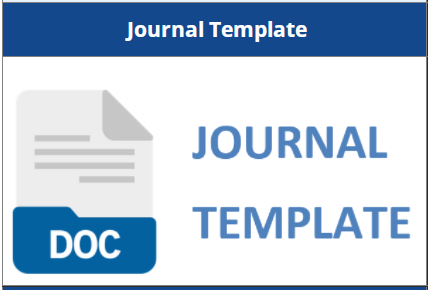Analisis Tingkat Pertumbuhan Perumahan (Studi Kasus : Kecamatan Natar dan Kecamatan Jati Agung)
Abstract
Population growth and new activity center development give impact on enhancement of residential demand. That demand always improves without be accompanied land availability and that can impact urban sprawl. The research locations are Natar and Jati Agung Sub-district which are designated as urban housing area, located on the outskirts of Bandar Lampung City. Activities will encourage the growth of demand of the private residential property thus this also encourage the building of residential area. The purpose of the research is to identify residential growth rate in the research locations. The research is conducted by using deductive approach. Data is collected by observation, interview, and literature review. Data is analyzed by using spatial analysis methods, nearest neighbor analysis, qualitative and quantitative descriptive analysis. The result of research explains that the highest residential growth rate in Natar Sub-district is 109.44% in 2017 and in Jati Agung Sub-district is 110.50% in 2019. Cluster residential pattern in Natar Sub-district with distribution index value (T) is 0.760346 tends to grow on the primary arterial road. While the same pattern shown in Jati Agung Sub-district with the distribution index value (T) is 0.817923 and tends to grow among new activities center in the South of Jati Agung Sub-district.
Downloads
References
[2] Arif, Tri Novi. 2016. “Analisis Laju Pertumbuhan Perumahan dan Permukiman di Kawasan Rawan Bencana Kota Bukit Tinggi”. Tesis tidak diterbitkan. Program Pascasarjana Megister Pembangunan Perumahan dan Permukiman, Universitas Andalas, Kota Padang.
[3] Badan Informasi Geospasial Lampung. 2020. Peta Rupa Bumi Indonesia Kabupaten Lampung Selatan. Lampung.
[4] Badan Perencanaan Pembangunan Daerah Kabupaten Lampung Selatan. 2011. Rencana Tata Ruang Wilayah Kabupaten Lampung Selatan Tahun 2011-2031. Lampung Selatan.
[5] Badan Perencanaan Pembangunan Daerah Kabupaten Lampung Selatan. 2011. Peta Rencana Pola Ruang Kabupaten Lampung Selatan Tahun 2011-2031. Lampung Selatan
[6] Badan Perencanaan Pembangunan Daerah Kabupaten Lampung Selatan. 2021. Peta Wilayah Adminitrasi Kabupaten Lampung Selatan. Lampung Selatan.
[7] Badan Standarisai Nasional. 2004. Dokumen SNI 03-1733-2004 Tentang Tata Cara Perencanaan Lingkungan Perumahan Di Perkotaan. Jakarta.
[8] Bintarto, R. 1977. Pola Kota Dan Permasalahan Komprehensif: Pengantar Dan Penjelasan. Yogyakarta : Gadjah Mada Press.
[9] Bintaro dan Surastopo Hadisumarno, 1979. Metode Analisis Geografi. Jakarta: LP3ES.
[10] Patrick and Fischer. 1970. “A Generalized k-Nearest Neighbor Rule”. Information And Control 16, 128-152 (1970).
[11] Yunus, H. S. 2005. Klasifikasi Kota. Yogyakarta: Pustaka Pelajar.












